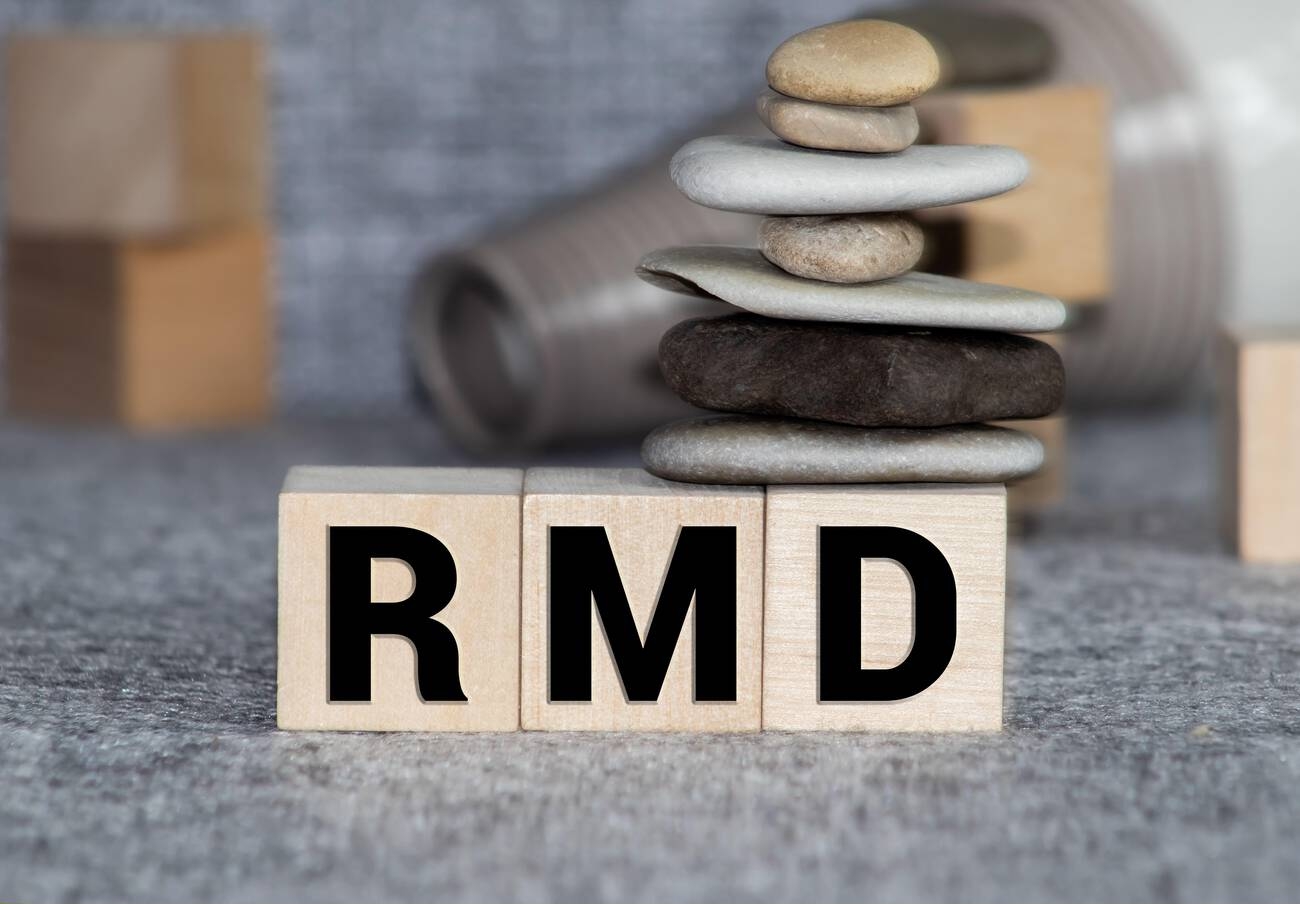
With 2025 rapidly approaching and regulations changing, it’s crucial to stay informed about year-end IRS requirements to communicate effectively with your clients regarding Required Minimum Distribution (RMD) rules. As part of a Plan’s annual compliance, we encourage your Plan Sponsors to review active and terminated participant information to determine whether any participants may be subject to an RMD from the Plan.
Keep reading along for a high overview into the complex world RMDs.
The SECURE Act 2.0 of 2022 brought significant changes to the RMD rules. If your client reaches age 73 in 2024, their first RMD is due by April 1, 2025. For those born between 1951 and 1959, the RMD age is now 73, while for those born in 1960 or later, it will increase to 75.
Certain exclusions apply to retirement plans that you should communicate to your clients:
However, for 2024 and later years, RMDs are no longer required from designated Roth accounts. 2023 RMDs due by April 1, 2024, are still required. Click here for more IRS guidance on RMDs.
RMDs are individually calculated by dividing prior year-end account balances, minus any designated Roth account balances, by the IRS Uniform Lifetime Table. If your client is married and has their spouse listed as the sole beneficiary who is more than ten years younger than them, their RMD is calculated using the IRS Joint Life Expectancy Worksheet.
It’s crucial for clients to withdraw the correct RMD amount. If they miss an RMD or do not take enough out of their retirement account, there is now a 25% penalty on the amount not distributed, reduced from the previous 50% penalty.
Thanks to SECURE Act 2.0, we have a new set of rules for beneficiaries of retirement accounts.
If your IRA or retirement plan account was inherited from the original owner, the RMD due is the amount the account owner would have been required to withdraw, if any, but did not withdraw. Beginning the year following the owner’s death, the RMD depends on certain characteristics of the designated beneficiary. See IRS “Retirement Topics – Beneficiary” for more information.
The minimum distribution rules discussed below apply to original account holders and their beneficiaries in these types of plans:
Our team of seasoned industry experts is here to help you navigate complex rules around RMDs and ensure plan compliance for your business owner clients. Don’t let RMD complexities slow you down! Reach out to My Benefits today and let’s work together to deliver exceptional value and expertise to your clients.
Your retirement plan questions answered, in plain English, by an expert. Use the form below to ask our retirement plan experts your question.